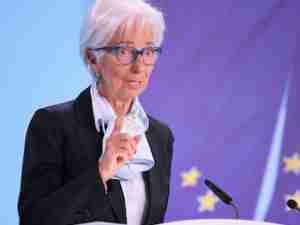Under British colonial rule, the former Burma shipped 3.4 million tons in 1934, its best year.
The government helped set up the Myanmar Rice Industry Association this year through a merger of rice associations and a think tank grouping economists and technocrats, while handicaps such as as poor port facilities are being tackled.
"Problems relating to mismanagement and other obstacles will be reduced very soon and we could see Myanmar as one of the world's top 10 rice exporters in a few years," said Prachuab Supinee, a Thai trade diplomat in Yangon.
It won't be plain sailing, and local operators are worried about immediate prospects, with exports suffering this year from delays in the issuing of export licences and a lack of government incentives for farmers to grow more rice.
According to data compiled by private surveyor SGS (Myanmar) Ltd. and the Federation of Chambers of Commerce and Industry (FCCI), Myanmar has exported just 301,984 tonnes of rice this year, compared with 794,800 tonnes at the same point in 2009.
It exported 1.09 million tonnes of rice in 2009, up from 547,000 tons in 2008.
"Incentives for the growers are diminishing year after year. The authorities often try to control rice prices in the consumer market by all possible means," complained So Myint, a Yangon-based farmer from Kunkyangone Township.
Outlook
Diplomat Prachuab said development of trade facilities, including ports and logistic systems as part of the agreement covering the ASEAN Economic Community (AEC) implemented this year, would enable rice exports to be processed more smoothly.
Trade ties between the Association of Southeast Asian Nations (ASEAN) and China, Japan and South Korea had brought seeds, funding and research to help rice production, he added.
Myanmar produces around 30 million tonnes of paddy each year, much the same level as Thailand, the world's biggest exporter, but Thailand exports 8.0 to 10.0 million tonnes a year.
The United Nations' Food and Agriculture Organisation (FAO) says Myanmar has a population of around 50 million -- estimates vary widely -- and consumes around 56 percent of its rice production, around 17-18 million tonnes.
That, in theory, leaves up to 12 million tonnes of paddy, which equates to around 7 million tonnes of milled rice, for export each year.
However, much goes into neighbouring Bangladesh through non-recorded border trade and the statistics show just 500,000-800,000 tonnes of rice shipped out of Yangon port per year.
The bulk of the rice left after exports and domestic consumption is kept in granaries for seeds for the next crop.
"Rice exports through Yangon port are rising and it wouldn't be difficult for Myanmar to become a major exporter of rice again as its rice surplus is expected to rise every year," said Paka-on Tipayatanadaja, an analyst at Kasikorn Research Center.
Kiattisak Kanlayasirivat, a trader at Novel Agritrade in Bangkok, said Myanmar's rice was competitive in terms of price, being offered at around $350 per tonne, compared with $450 for the same grade in Thailand and Vietnam.
"Trading houses have bought a lot of Myanmar rice to be delivered to clients in Africa in the past few years and they were expected to continue to buy," he said. (Reuters)




